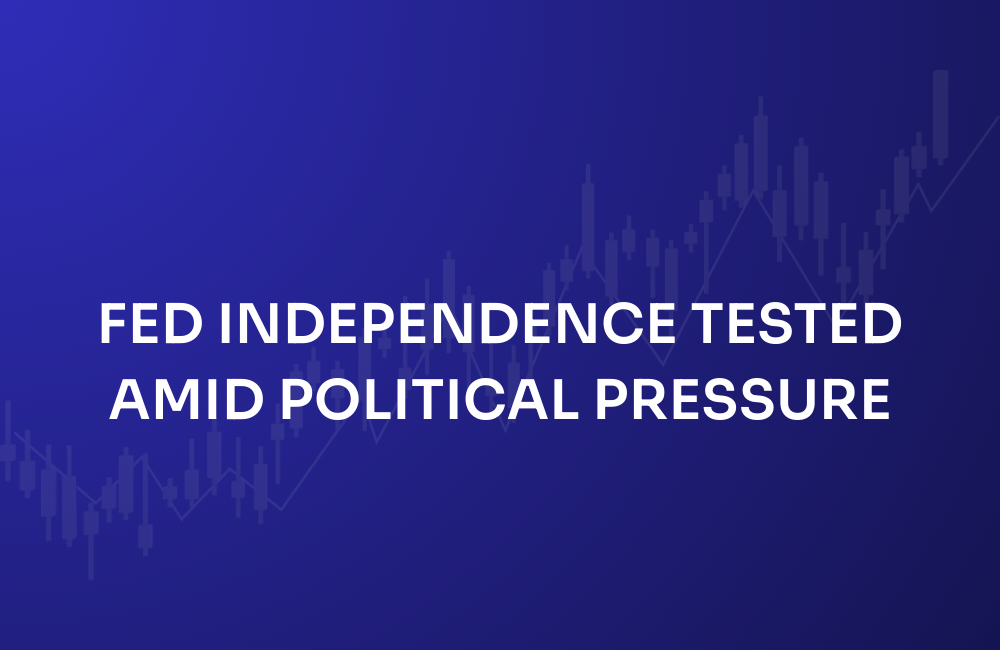
Subscribe to our free
💌 Stay ahead with AI and receive:
✅ Access our Free Community and join 400K+ professionals learning AI
✅ 35% Discount for ChatNode
.png)

AMD stock surged 24% on Monday after announcing a landmark partnership with OpenAI. Wall Street analysts rushed to upgrade their price targets, with Jefferies jumping from $170 to $300 and UBS raising estimates to $265. The headlines celebrated this as AMD's breakthrough moment in the AI chip war against Nvidia. But beneath the optimism lies a deal structure that reveals more about AI economics than anyone wants to admit. Here's what you need to know.
The Deal Structure
OpenAI will deploy 6 gigawatts of AMD Instinct GPUs over multiple years, starting with 1 gigawatt in the second half of 2026. AMD executives project this could generate over $100 billion in revenue over the next four to six years when accounting for the ripple effects across OpenAI and other customers.
The headline number is impressive. But the mechanics of how this gets financed are where things get interesting.
AMD issued OpenAI a warrant for up to 160 million shares of AMD common stock at just $0.01 per share. These shares vest progressively as OpenAI's deployment scales from one to six gigawatts and as AMD's share price crosses performance thresholds up to $600 per share. If fully exercised, OpenAI could acquire approximately 10% ownership in AMD.
At AMD's target price of $600 per share, those 160 million shares would be worth $96 billion. Roughly equivalent to the entire hardware value of the deal.
Let that sink in. AMD isn't just selling chips to OpenAI. They're essentially financing the entire purchase through equity.
The Financial Engineering Nobody Discusses
This isn't a traditional supply agreement. AMD has become OpenAI's banker, offering shares at virtually zero cost with vesting tied to both hardware purchases and AMD's stock performance.
The structure is brilliant from a corporate finance perspective. It shifts AMD's customer acquisition cost into equity rather than upfront discounting, limits dilution to realized performance, and guarantees at least one gigawatt of Instinct shipments. For OpenAI, it secures guaranteed access to AMD hardware in a supply-constrained market and provides financial leverage as AMD's share price rises.
But here's the uncomfortable question: if AI infrastructure is truly as transformative and profitable as claimed, why does this deal require such complex warrant structures? Why can't traditional cash flows and credit markets finance this growth?
OpenAI is valued at $500 billion. They generated approximately $4.3 billion in revenue in the first half of 2025 but burned through $2.5 billion in cash, according to media reports. If the most valuable AI company in the world needs creative financing to buy chips, what does that say about the underlying economics of this industry?
The Circular Economy
OpenAI's infrastructure strategy has created what some analysts describe as a "tightly wound circular economy."
Nvidia supplies $100 billion in capital and takes an ownership stake in OpenAI. OpenAI gives AMD a warrant to take a 10% stake in exchange for chip supply. AMD and Nvidia compete to supply the chips. Oracle helps build the sites. OpenAI anchors the demand.
It's a web of interconnected equity stakes, supply agreements, and capital commitments where the same handful of companies are trading ownership positions, compute capacity, and infrastructure across a closed loop. Analysts fear this circular structure could face real strain if any link in the chain weakens.
The concern isn't about individual company execution. It's about systematic risk in a model where everyone is both customer and creditor, supplier and shareholder.
What This Means for AMD
For AMD, this deal represents validation that their Instinct roadmap can compete with Nvidia's dominance. After years of trailing in the AI accelerator market, AMD now has a flagship customer at the forefront of the generative AI boom.
AMD CEO Lisa Su framed it as enabling "the world's most ambitious AI buildout." The company's market value jumped $63.4 billion in a single day, now sitting at $330.6 billion.
But AMD's current annual revenue is expected to be $32.78 billion for 2025. The OpenAI deal could potentially triple that over the next several years. This level of growth is priced into the stock at current valuations, however any delays in deployment, technical setbacks, or shifts in OpenAI's strategy would create significant downside risk.
About
Tick by Tick is the weekly newsletter that helps you understand the market, not just the headlines.


Recommended
.png)


.svg)




.svg)









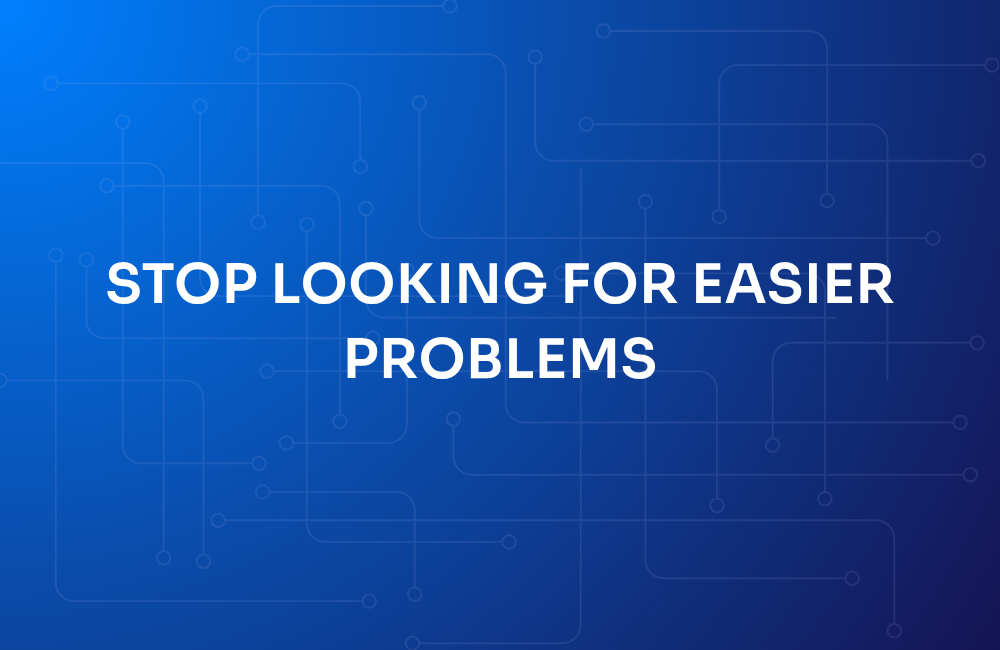

.png)
.png)

.png)

.png)

.png)


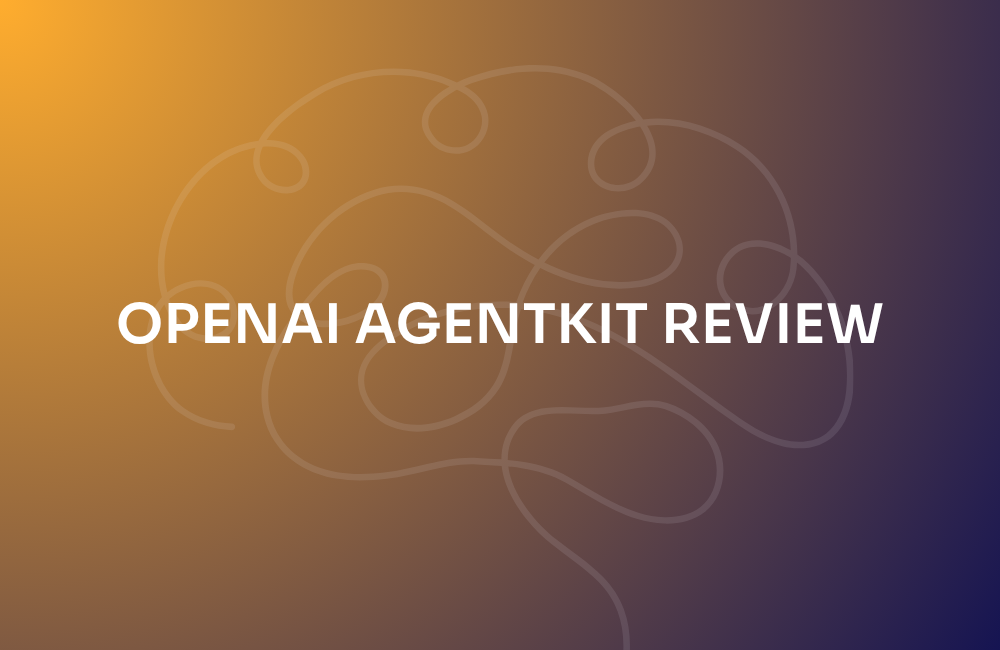
.png)
.png)

.png)
.png)
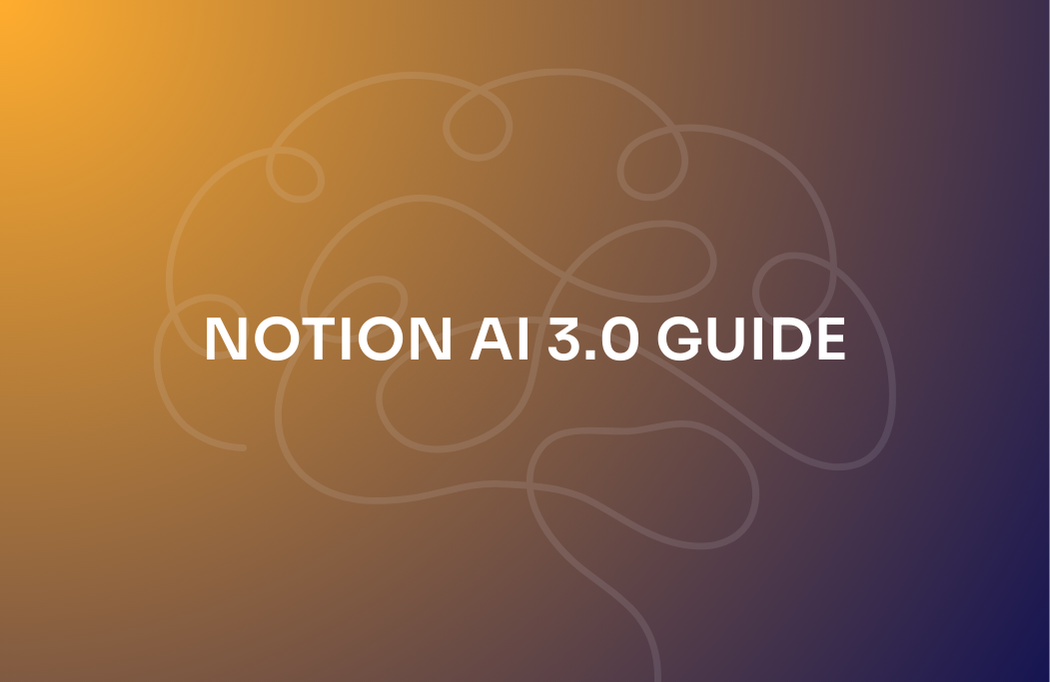


.png)
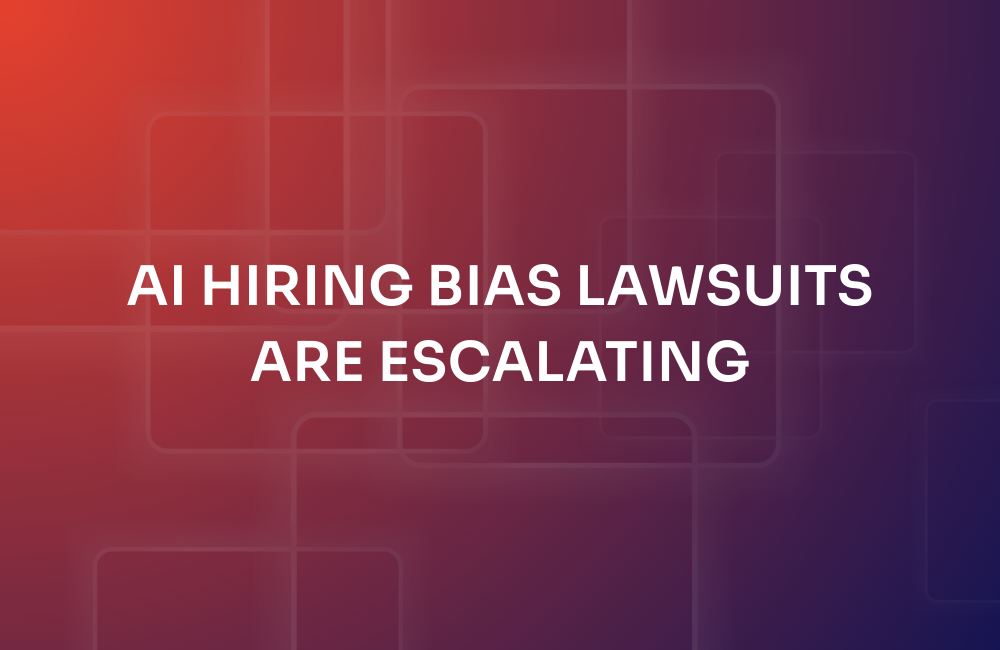
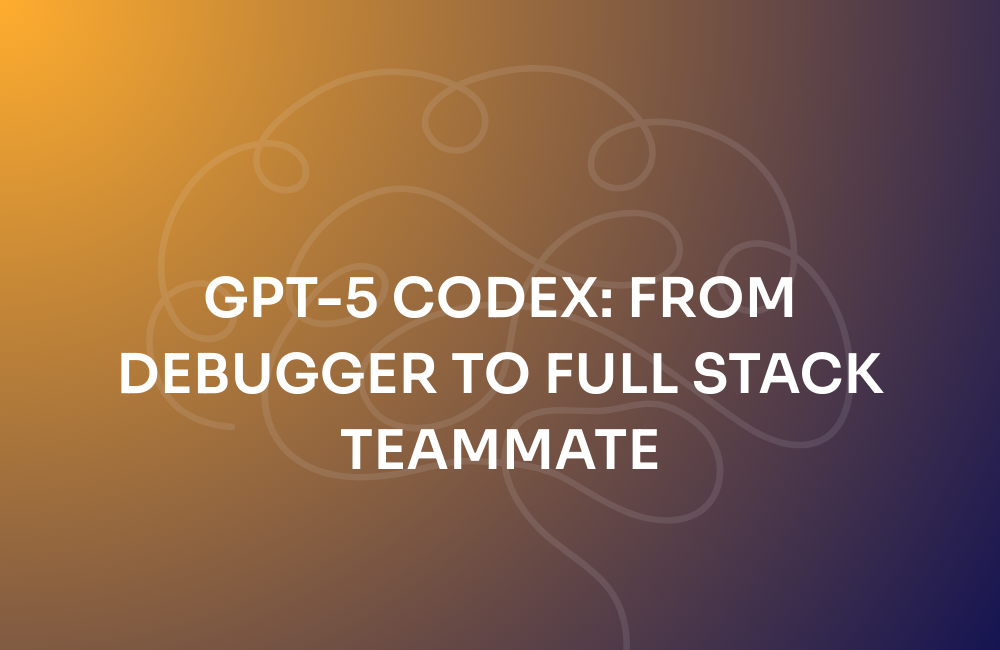

.png)
.png)
.png)
.jpg)


.png)
.png)
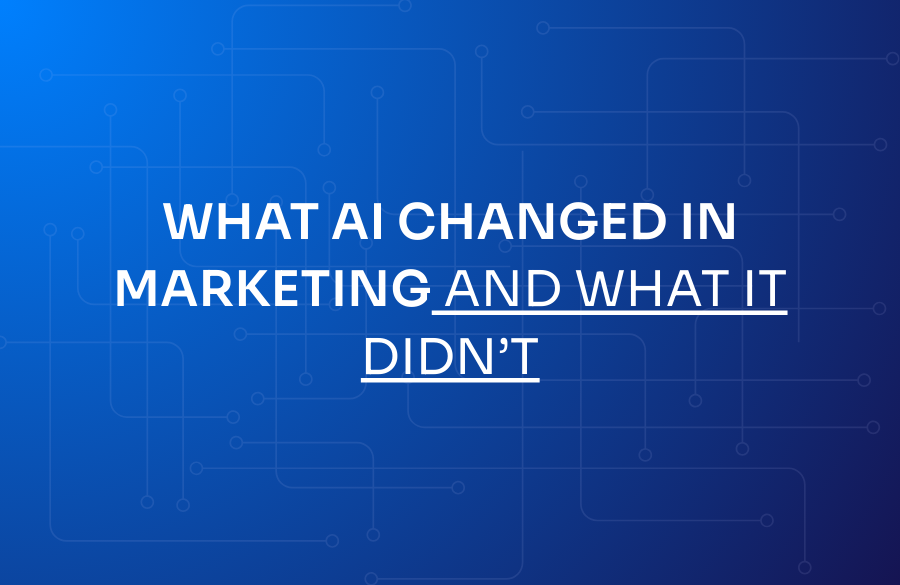
.png)
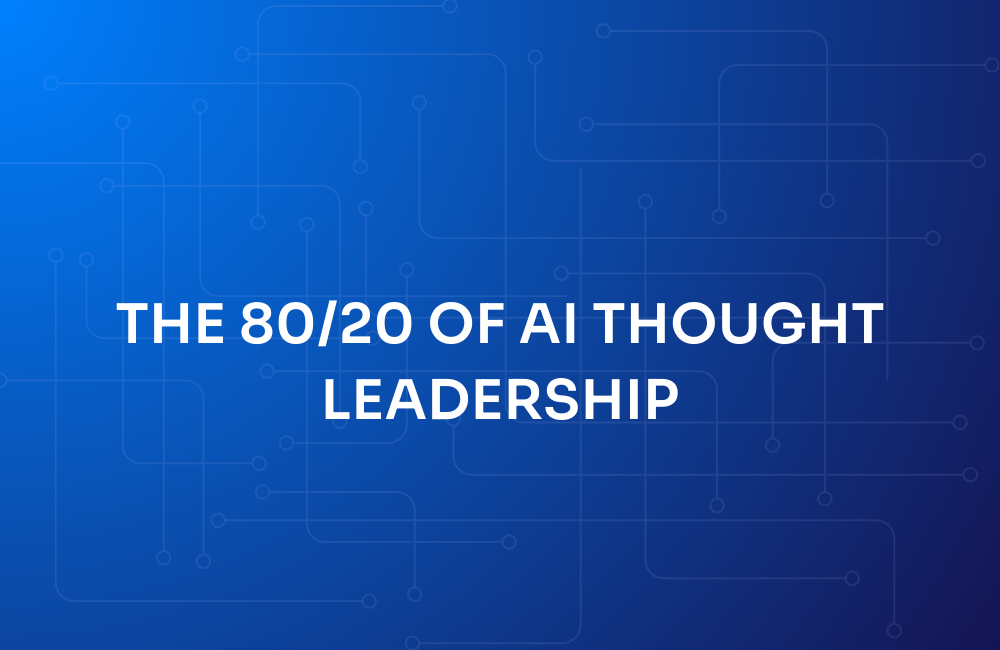
.png)
